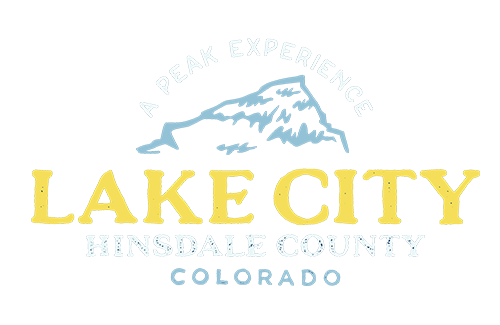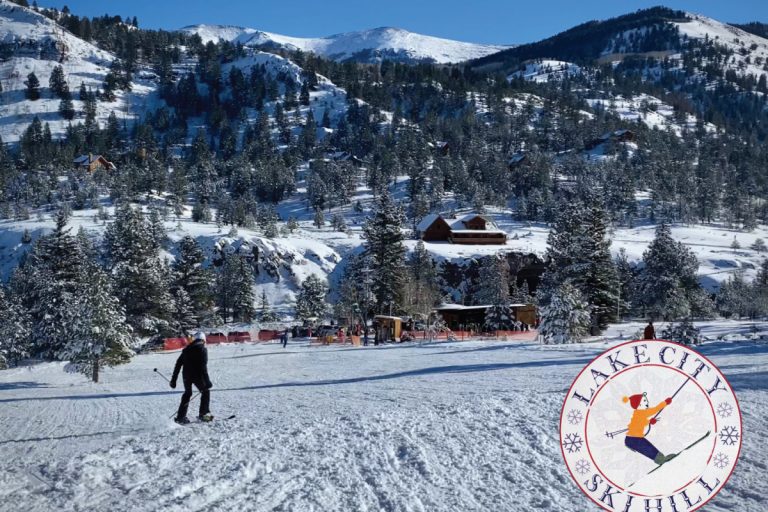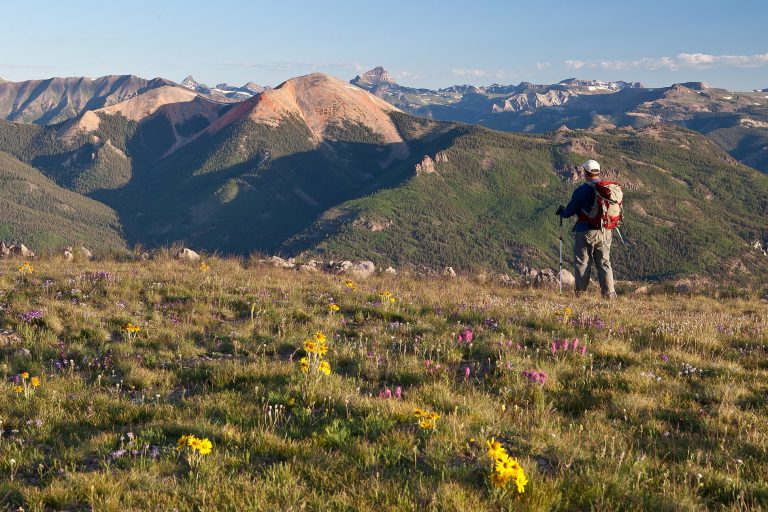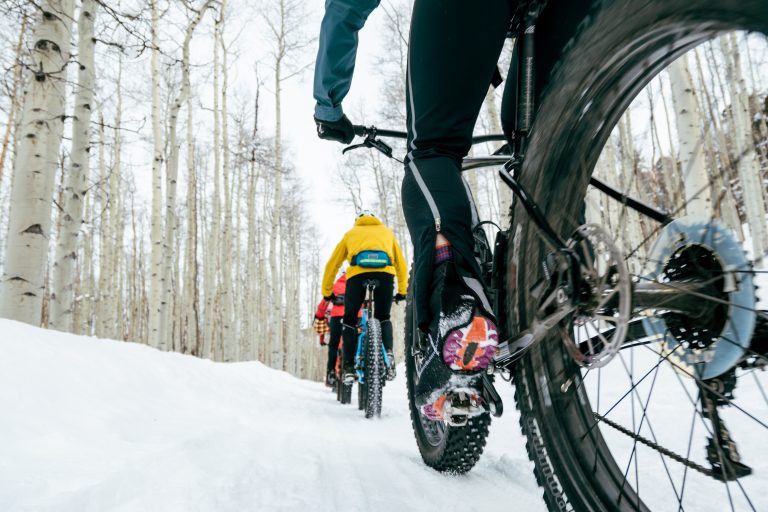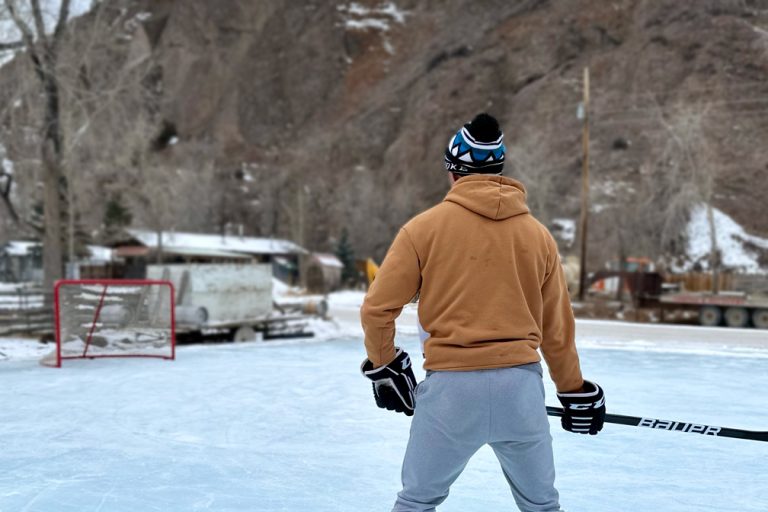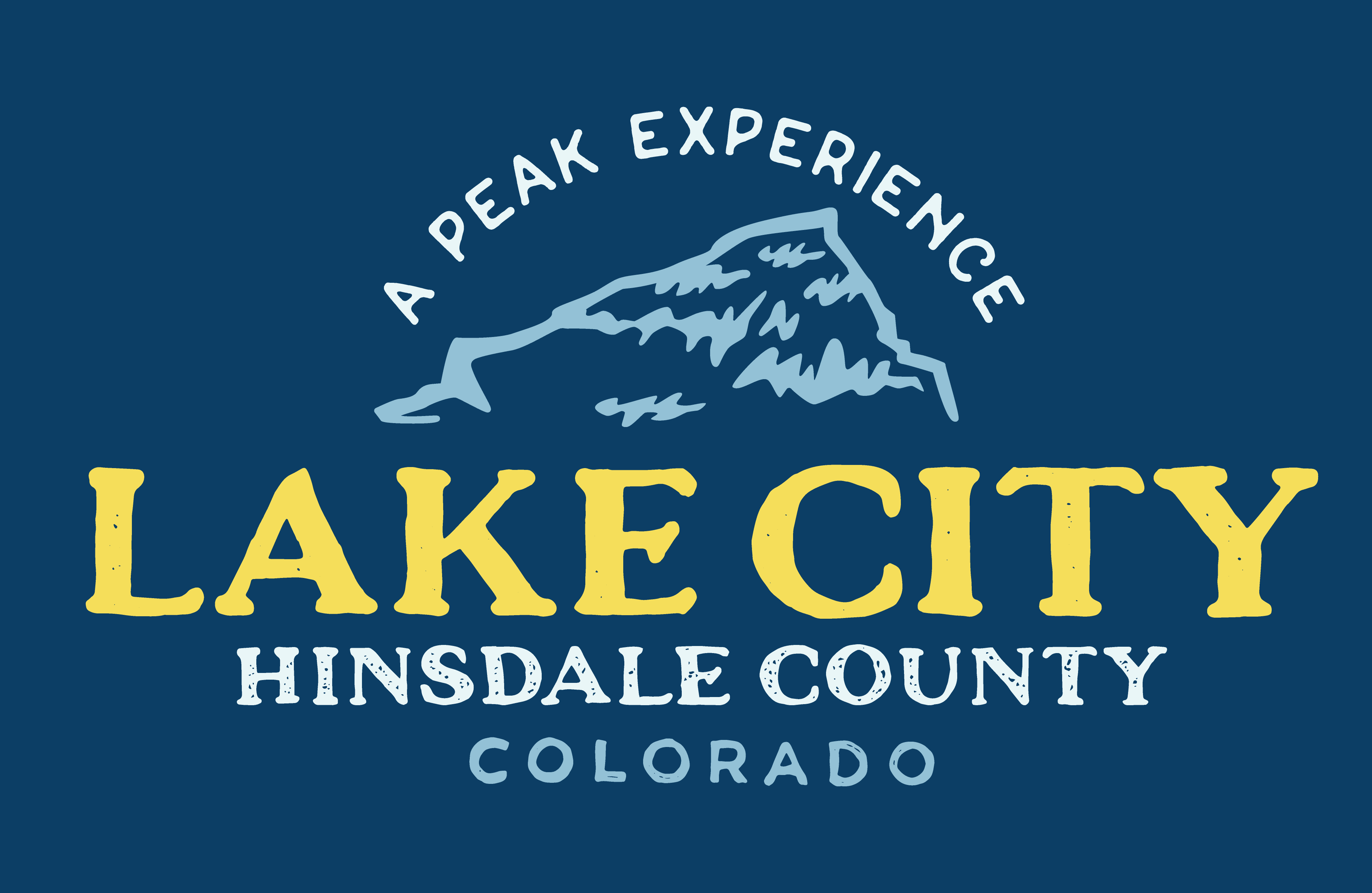Fishing
Discover the endless possibilities of Lorem Ipsum!
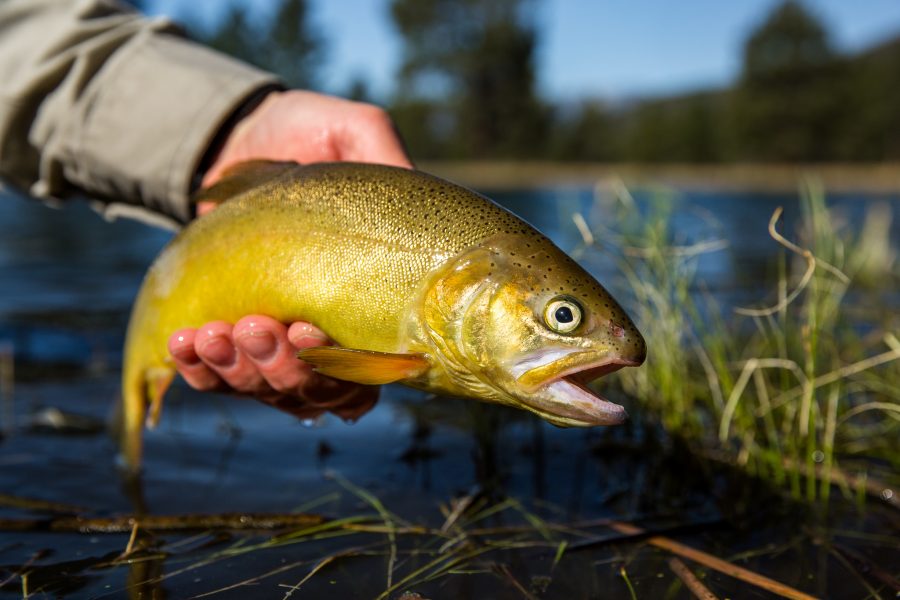
Fishing
Lake City Fishing draws anglers back to its streams and lakes year after year.
Whether your passion is making a long-distance cast with a spinner in a mountain lake, teaching a child to catch his or her first trout with a worm and bobber, or sneaking up on rising fish with a fly rod, Lake City’s waters hold something special for you and your family.
Before you head out to the water, be sure to pick up a Colorado fishing license and a free copy of current regulations available at several locations in Lake City. All waters have daily bag limits, and some waters are restricted to the type of tackle used, slot limits, etc. Local tackle dealers are more than happy to help explain the regulations and to offer tips on where to fish and what to use.
Lake City area fishing has remained outstanding for generations because many anglers “limit their kill” instead of “kill their limit.” Read the Colorado Parks and Wildlife Fishing Regulations or The Lake City Fishing Guide to learn how to return a fish safely to the water. The latter publication is available at the Visitors Center and includes detailed descriptions of all area streams and lakes. Whatever season finds you in Lake City, there’s fishing to be enjoyed. Spend a day with rod and reel and let the magic of our waters and their trout restore your soul.
You can fish year-round in the Lake City area, although each season requires a distinct approach for the best chances of success.
Spring: March through May
Spring fishing begins when the ice leaves the Lake Fork of the Gunnison in March. The water is low and clear at ice-out, and the fish are still concentrated in their winter habitat–the deep pools. Trout aren’t interested in expending much energy to chase lures, so fly fishers do best using a variety of nymphs fished near the bottom.
Spring runoff usually spoils stream fishing from mid-May through mid-June. Lake San Cristobal thaws out in late April or early May. Veteran anglers know this is the best time to fish for giant 10 to 30-pound mackinaw (lake trout) that cruise near shore. Fishing with sucker meat on the bottom is a proven technique. Landing one of these monsters could easily be your fish of a lifetime!
Summer: June through August
Summer is prime season for the high country streams and lakes surrounding Lake City. It’s a great time to teach a child to fish in unintimidating waters like Deer Lakes or Big Blue Creek. In both places, brook trout are abundant but not large. Skilled anglers seeking larger fish should try for the wild browns of Cebolla Creek and Henson Creek or the browns and rainbows of the Lake Fork of the Gunnison.
Dry fly fishing is superb during the stonefly hatch in late June and into early July. Small spinners work well on these streams, too. High country lake fishing at Crystal, Cooper, Cataract, and Powderhorn Lakes can be phenomenal at times, but they are also temperamental. Plan to fish a full day at these lakes in order to intersect their prime feeding periods. Lake San Cristobal fishing is often best in the summer from a boat, either by trolling spoons or casting spinners.
Fall: September through November
Fall is a perennial favorite season for many Lake City anglers. Changing colors of aspens and cottonwoods light up our waters with a golden glow, and the streams are usually low and clear. Brown trout move upstream to spawn on the Lake Fork and Cebolla Creeks, and are quite aggressive in the fall. They’ll chase streamers or lures that imitate small fish. Please take care not to wade through their redds (spawning beds) in order to protect their newly-laid eggs. In early fall on the smaller streams, using grasshopper flies in the fall can trigger explosive hits from fish hungry for a big bite.
Winter: December through February
Stream fishing is very limited to nonexistent in the Lake City area in the winter, as ice covers most of the flowing water by late November. Ice fishing on Lake San Cristobal, however, is popular by those who either brave the elements outside or from the amazing comfort of a fishing hut. Fishing with bait and jigging are common Lake San Cristobal ice fishing tactics that result in many smaller lake trout being caught, and occasionally one too large to fit through the hole!
Easy Access Fishing:
Lake San Cristobal
Formed by the Slumgullion Earthflow over 700 years ago, Lake San Cristobal is now the second largest natural lake in Colorado. It’s a great recreation area for anglers, boaters, and families. There are public campgrounds around the lake as well as a public boat launch.
Deer Lakes
Near the top of Slumgullion Pass is the turnoff for Deer Lakes and a public campground. Deer Lakes is a great place for children to fish and is near numerous hiking trails.
Henson Creek
Coming down from high in the San Juans, Henson Creek is a brushy mountain stream that can often yield great trout fishing. Henson follows County Road 20 down from Capitol City and joins the Lake Fork in Lake City.
Lake Fork of the Gunnison River
With over 28 miles of public waters, the Lake Fork is a great place for those who want to fish but do not have the time to hike to a fishing spot. There are a number of places right along Highway 149 where you can fish 10 feet from your car.
Rio Grande Reservoir
For access to this reservoir, travel south on Highway 149 to Forest Service Road 520. The reservoir is located 13 miles down Forest Service Road 520. Rio Grande Reservoir is stocked with fish in the summer months and is also open to boating.
Continental Reservoir
This reservoir is located about halfway between Lake City and Creede off of Highway 149. To access it, travel south out of Lake City on Hwy 149 to Forest Service Road 513, which leads to Forest Service Road 513.1A. The reservoir is about 2 miles down this road. Fishing is great in this stocked lake and boats are allowed.
Williams Creek Reservoir
Located in the south end of Hinsdale County, this reservoir is accessed from Highway 160 by Pagosa Springs. Turn off of Highway 160 onto Forest Service Road 631. After traveling 22 miles on this road, turn onto Forest Service Road 640. The reservoir is located just half a mile down Forest Service Road 640. Fall and late spring fishing are great in this reservoir, which is stocked with Kokanee salmon and trout. Boating is allowed and there is a large public campground near the reservoir.
